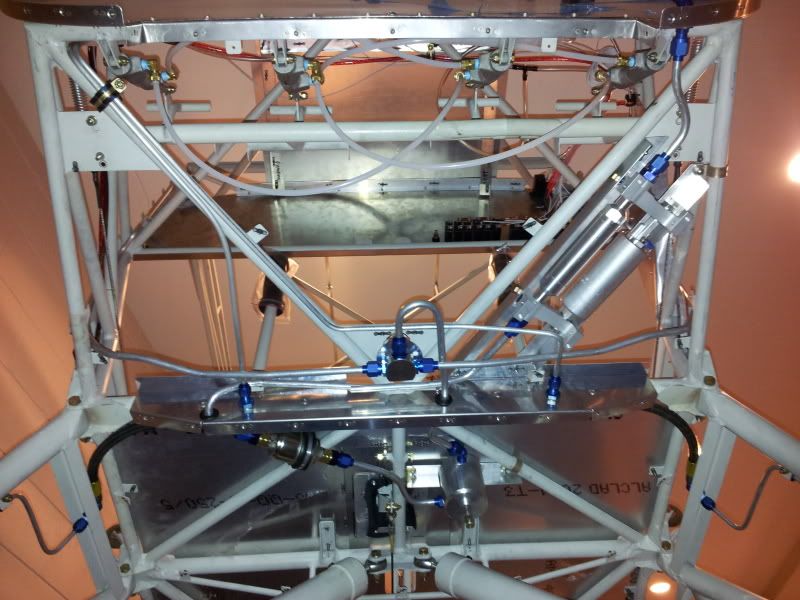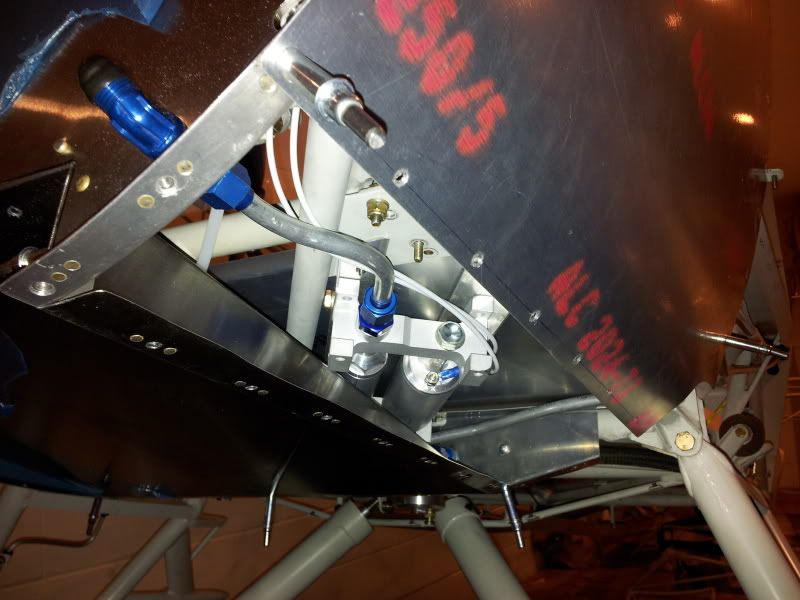I read through Z's fuel system design in the kit build section but it didn't really answer the questions I had and since I'm doing things a bit different than him I thought I'd start my own thread.
My engine has Continental continuous flow fuel injection. I'm installing a duplex fuel valve (SPRL) and a boost pump (EFII).
I'm trying to decide where to mount the fuel pump. I want to keep it away from heat so the engine compartment isn't a great choice. I was thinking under the floor just forward of the fuel valve but that will place it right above the tunnel. Does the tunnel get hot? I would think not but don't know for sure.
For the return lines: I'd like to avoid welding in another fitting just to keep frank penetrations to a minimum. Would returning the fuel to the upper port used for the fuel sight gauge cause major error in reading the fuel level? I think it would cause some error but it wouldn't be significant.
My engine has Continental continuous flow fuel injection. I'm installing a duplex fuel valve (SPRL) and a boost pump (EFII).
I'm trying to decide where to mount the fuel pump. I want to keep it away from heat so the engine compartment isn't a great choice. I was thinking under the floor just forward of the fuel valve but that will place it right above the tunnel. Does the tunnel get hot? I would think not but don't know for sure.
For the return lines: I'd like to avoid welding in another fitting just to keep frank penetrations to a minimum. Would returning the fuel to the upper port used for the fuel sight gauge cause major error in reading the fuel level? I think it would cause some error but it wouldn't be significant.






Comment